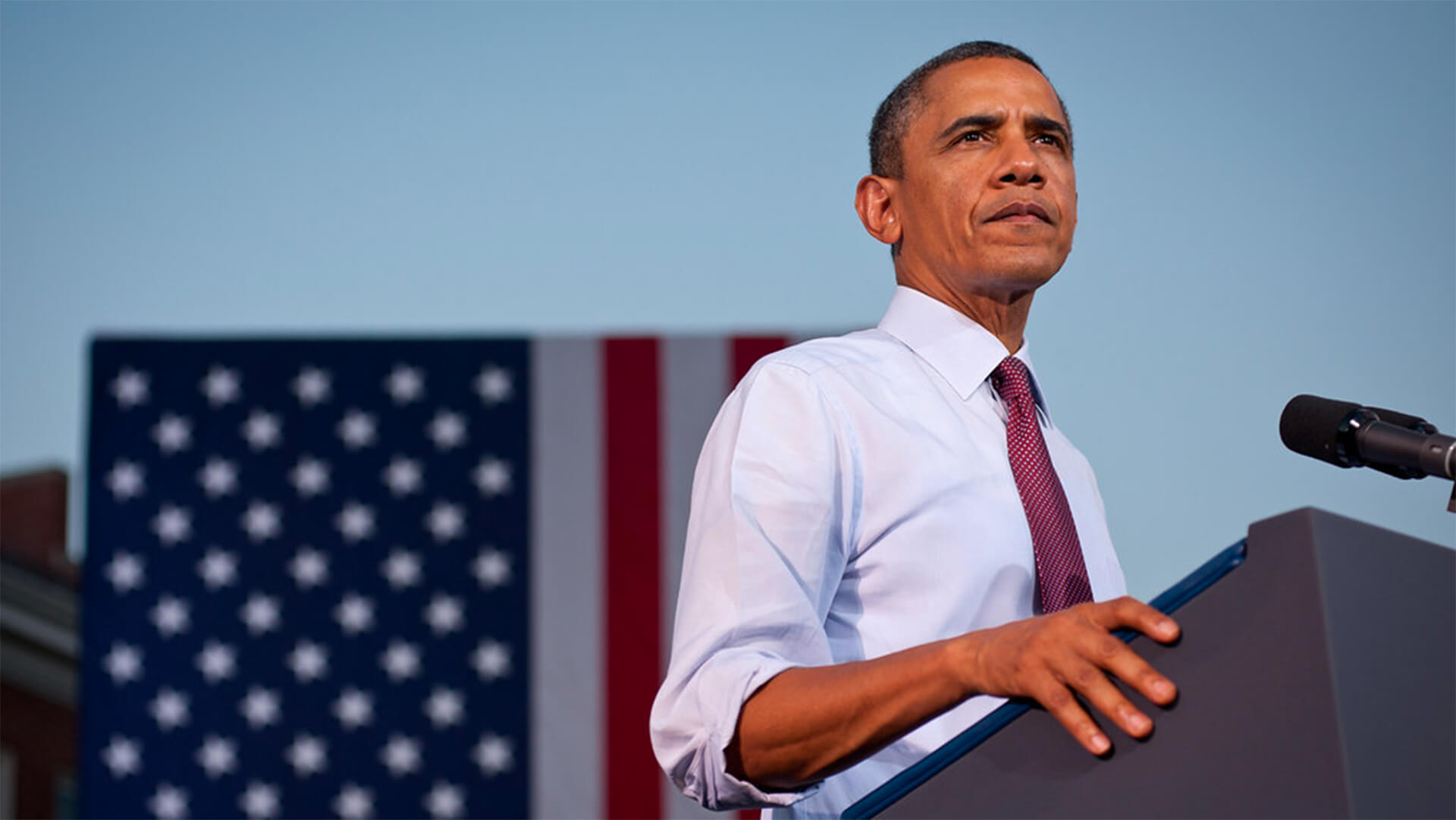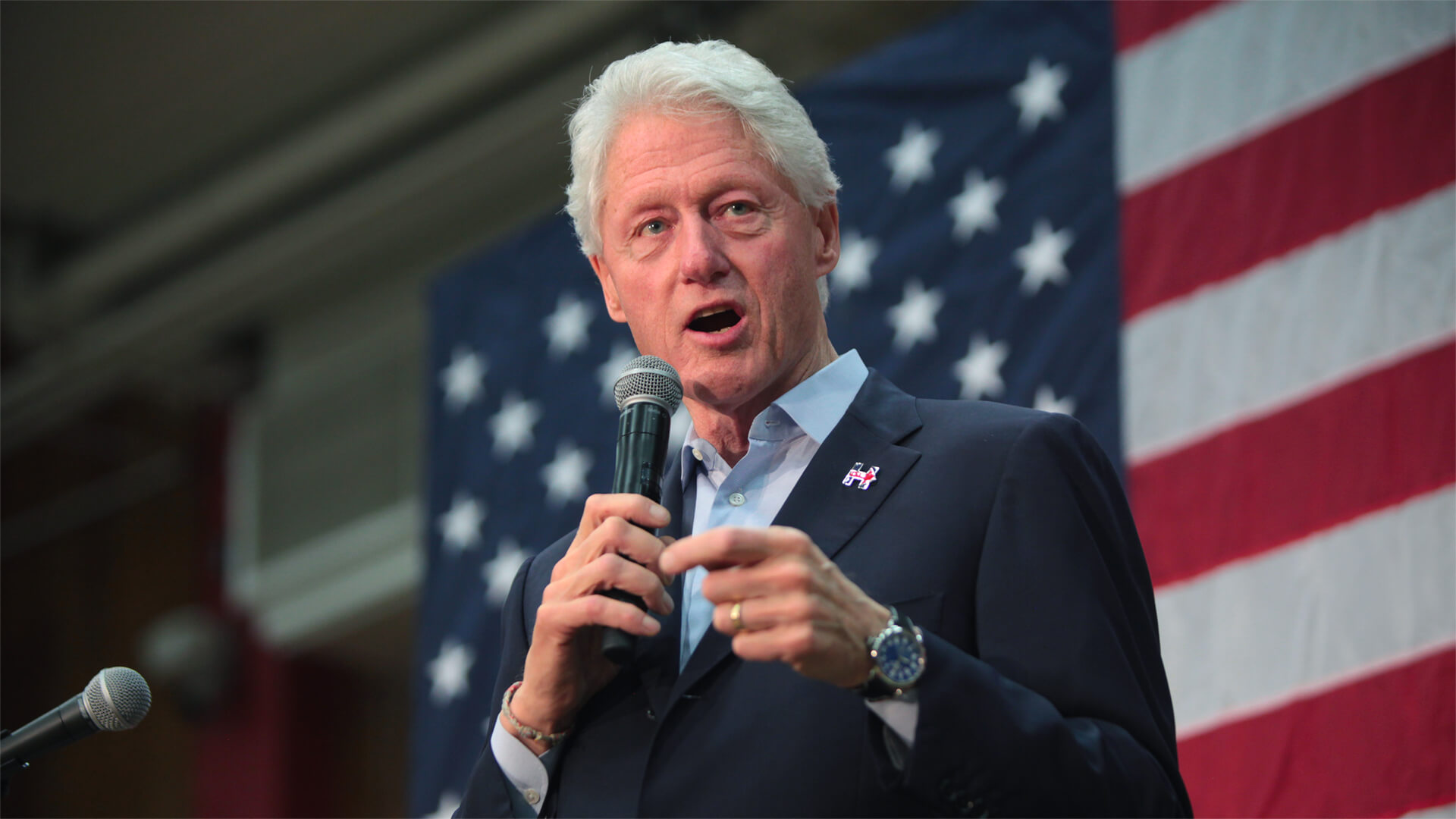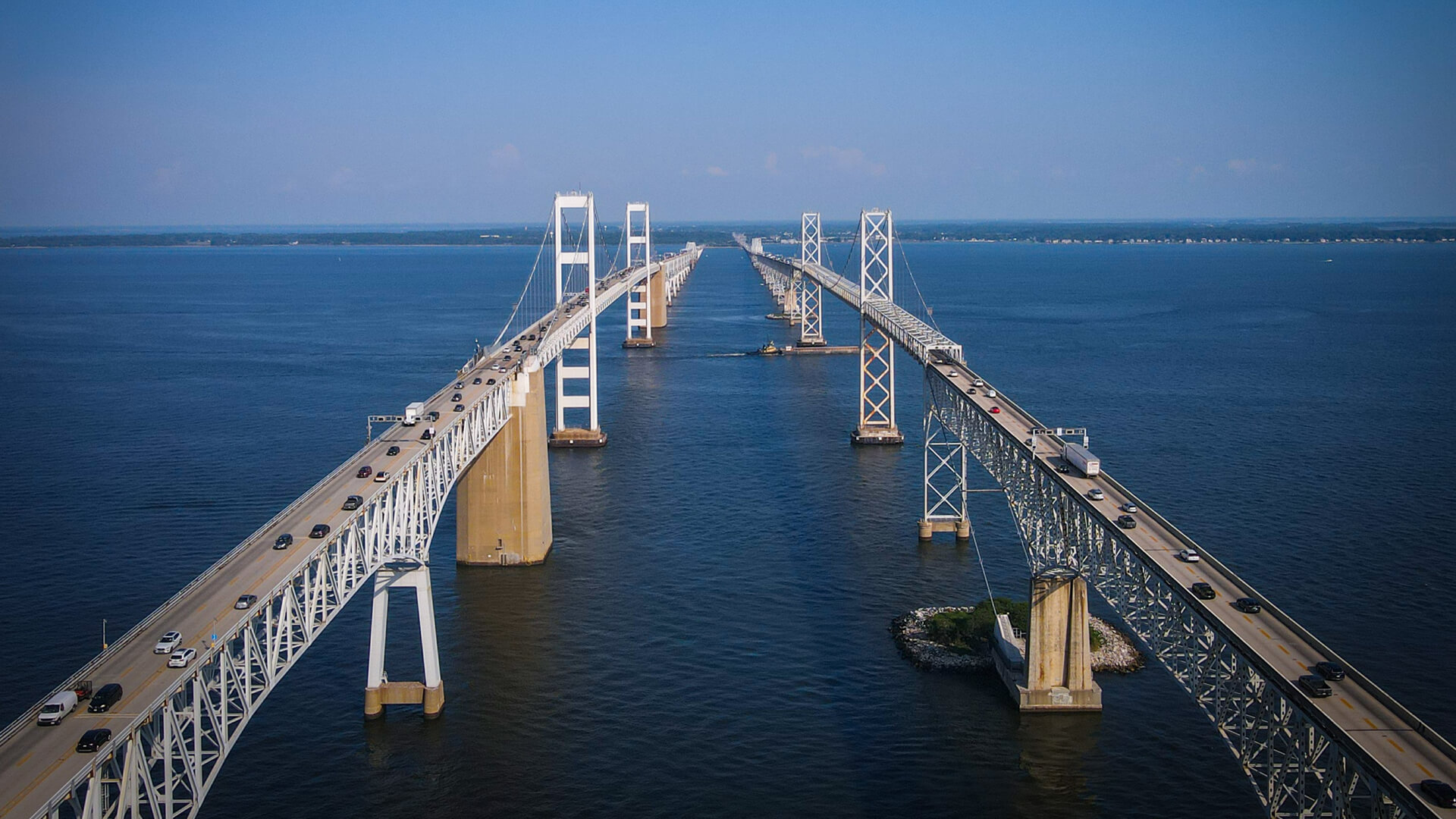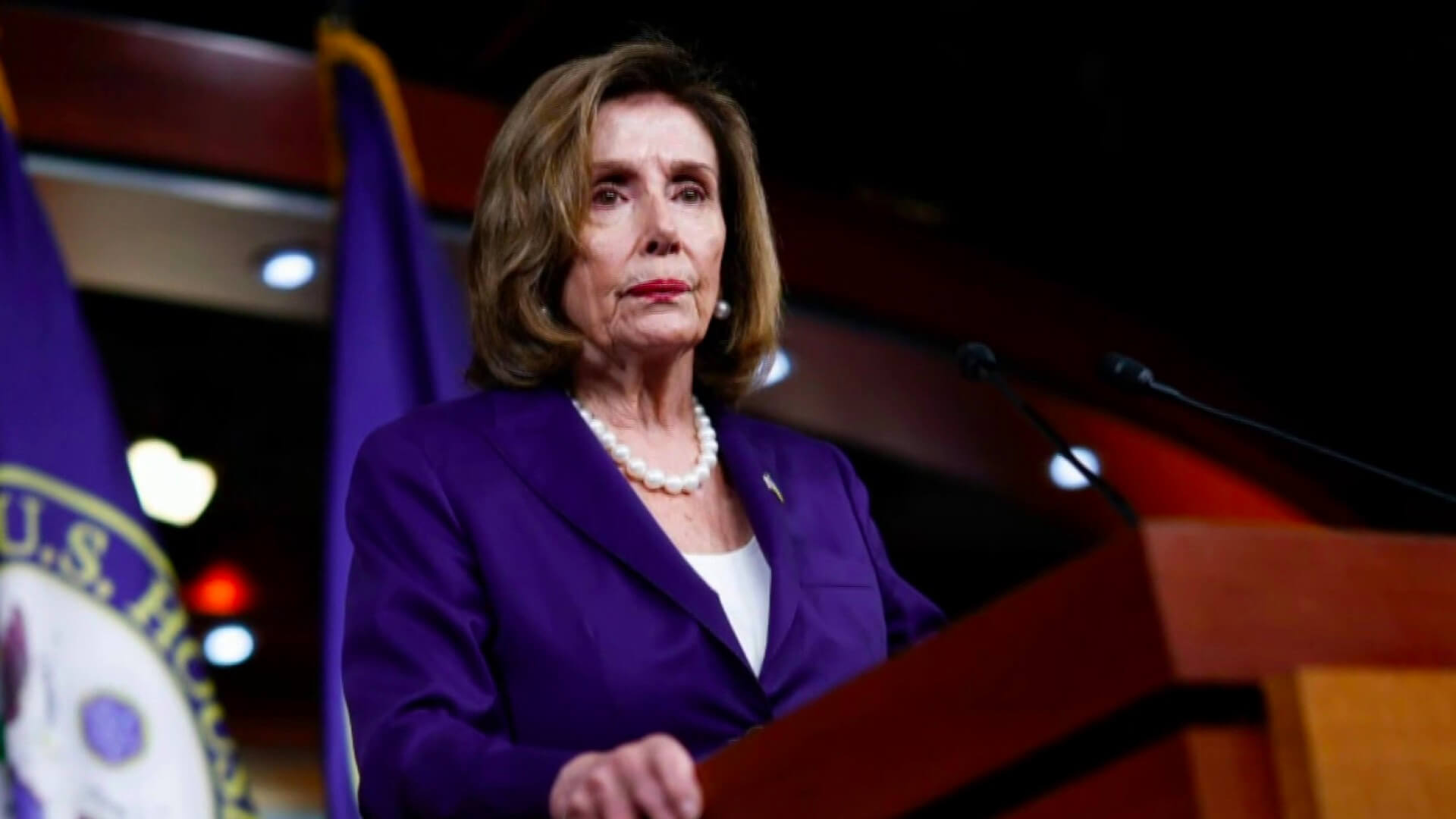The best way to understand Donald Trump is to compare him to his immediate predecessor, President Obama. Both were outside candidates who came with their own political support and ran on charisma, rather than policy. When President Trump came into office, unlike Obama, he embraced his party; taking it over by systematically kicking out factions he found problematic and recreating the party in his own image.
President Obama really understood what was going on in the world, but had no interest in meeting with the people who could create policy, resulting in 8 years of nothing. Donald Trump was similarly disinterested in what others had to say, but he loved the limelight. He released policy via Tweet and hoped the government would take it and run. There was no shortage of loud, brash and bold policies, but they were never implemented because the President was already moving onto the next thing. Trump’s ever-present government by speech and tweet was the same across domestic and foreign policy.
Here at Zeihan On Geopolitics we select a single charity to sponsor. We have two criteria:
First, we look across the world and use our skill sets to identify where the needs are most acute. Second, we look for an institution with preexisting networks for both materials gathering and aid distribution. That way we know every cent of our donation is not simply going directly to where help is needed most, but our donations serve as a force multiplier for a system already in existence. Then we give what we can.
Today, our chosen charity is a group called Medshare, which provides emergency medical services to communities in need, with a very heavy emphasis on locations facing acute crises. Medshare operates right in the thick of it. Until future notice, every cent we earn from every book we sell in every format through every retailer is going to Medshare’s Ukraine fund.
And then there’s you.
Our newsletters and videologues are not only free, they will always be free. We also will never share your contact information with anyone. All we ask is that if you find one of our releases in any way useful, that you make a donation to Medshare. Over one third of Ukraine’s pre-war population has either been forced from their homes, kidnapped and shipped to Russia, or is trying to survive in occupied lands. This is our way to help who we can. Please, join us.











